Can Cats Eat Imitation Crab? Understanding the Risks and Considerations
- 21 Mar 2025 09:49
Imitation crab, also known as krab or surimi, is a popular seafood product often used in sushi rolls, salads, and other dishes. But if you’re wondering, can cats eat imitation crab, the answer is more complicated than just a simple yes or no. While imitation crab is not inherently toxic to cats, it’s not the best food choice for them. Let’s explore why and discuss the potential risks and healthier alternatives for your feline friend. 🦀🐱
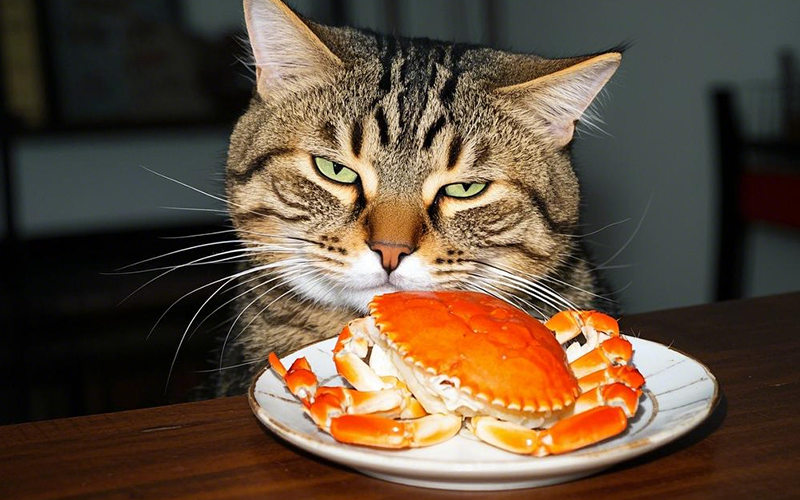
What Is Imitation Crab?
Imitation crab is made from surimi, which is fish paste typically made from white fish like pollock or hake, mixed with starch, flavorings, and additives. While it’s not “real” crab meat, it’s often designed to mimic the taste and texture of crab. However, it can contain a variety of ingredients that may not be ideal for your cat. 🐟
Can Cats Eat Imitation Crab?
In small amounts, imitation crab is not toxic to cats. However, it’s not recommended as a regular treat or part of their diet. Here’s why:
Risks of Feeding Imitation Crab to Cats
High in Sodium: Imitation crab often contains high levels of sodium (salt), which can be harmful to cats if consumed in excess. Too much sodium can lead to dehydration, kidney problems, and even high blood pressure. 🧂
Additives and Preservatives: Many brands of imitation crab contain artificial flavorings, coloring agents, and other preservatives that are not necessary or healthy for your cat. These chemicals can cause digestive issues or contribute to long-term health problems. 🧪
Sugar and Carbohydrates: Imitation crab often contains added sugars and starches, which are not suitable for cats since they are obligate carnivores. Cats do not process sugars and carbohydrates well, and excess intake can lead to weight gain, obesity, and diabetes. 🍩
Fish Ingredients: While the fish used in imitation crab (like pollock) is generally safe, some cats may have a sensitivity or allergy to certain types of fish. If your cat is sensitive to fish, imitation crab could cause digestive upset or allergic reactions. 🚨
Choking Hazard: The texture of imitation crab can be stringy and difficult to chew, potentially posing a choking hazard if your cat tries to swallow it too quickly. 🏷️
Healthier Alternatives to Imitation Crab for Cats
While imitation crab isn’t the best food choice for your cat, there are plenty of other seafood options and treats that are much better suited for their nutritional needs:
Cooked Fish (Salmon, Tuna): Fresh, cooked fish such as salmon or tuna is a great alternative to imitation crab. It provides high-quality protein and omega-3 fatty acids, which are beneficial for your cat’s coat, skin, and overall health. 🐟
Cooked Chicken or Turkey: Lean, protein-rich meats like chicken or turkey are excellent treats for cats. They are easy to digest and free from the additives that are often found in processed foods like imitation crab. 🍗
Canned Cat Food with Seafood: There are many canned cat foods that include real fish, such as tuna or salmon. These options are specifically formulated for cats and provide the necessary nutrients they need in a balanced diet. 🐱
Cat-Specific Fish Treats: Many pet stores offer treats made specifically for cats, such as freeze-dried fish or fish-flavored snacks. These are designed to be both safe and nutritious for your feline friend. 🧁
Cooked Eggs: If your cat likes seafood flavors, consider offering them scrambled or boiled eggs. Eggs are a great source of protein and fat that are easy for cats to digest. 🍳
How to Safely Offer Imitation Crab to Your Cat (If You Really Want To)
If you do decide to give your cat a small taste of imitation crab, here are some guidelines to follow:
Moderation is Key: Offer only a tiny amount of imitation crab as an occasional treat. It should never replace a balanced, meat-based diet. 🍽️
Choose High-Quality Imitation Crab: If you choose to give your cat imitation crab, opt for brands with fewer preservatives and additives. Look for options that are free of added sugars and artificial flavorings. 🛒
Remove Excessive Salt: If possible, rinse imitation crab to remove some of the salt before offering it to your cat. However, it’s still not an ideal treat, so limit how often it’s given. 🚫
Watch for Reactions: After offering imitation crab for the first time, watch for any signs of digestive upset or allergic reactions, such as vomiting, diarrhea, or skin irritation. If any symptoms arise, stop feeding imitation crab and consult a pet health professional. ⚠️
How PettureX Can Help with Your Cat’s Diet
If you’re unsure about feeding imitation crab or any other human food to your cat, PettureX is a great resource to help! 🐱💻 With real-time consultations and pet image recognition, PettureX can offer expert guidance on what’s safe and healthy for your cat to eat. Whether you’re concerned about fish, treats, or any other dietary issues, PettureX is here to assist you. 📱
Conclusion
So, can cats eat imitation crab? While imitation crab is not toxic, it’s not the best food choice for your cat due to its high sodium, preservatives, sugars, and additives. If you want to share seafood with your cat, choose fresh, cooked fish like salmon or tuna, or consider specially formulated treats designed for cats. Remember, moderation is key, and your cat’s diet should always be based on high-quality meat to meet their nutritional needs.
For more personalized advice, PettureX is available to help you make informed choices about your cat’s health and diet. 🌟🐾
Have you ever shared seafood with your cat? How did they react? 😺
Related
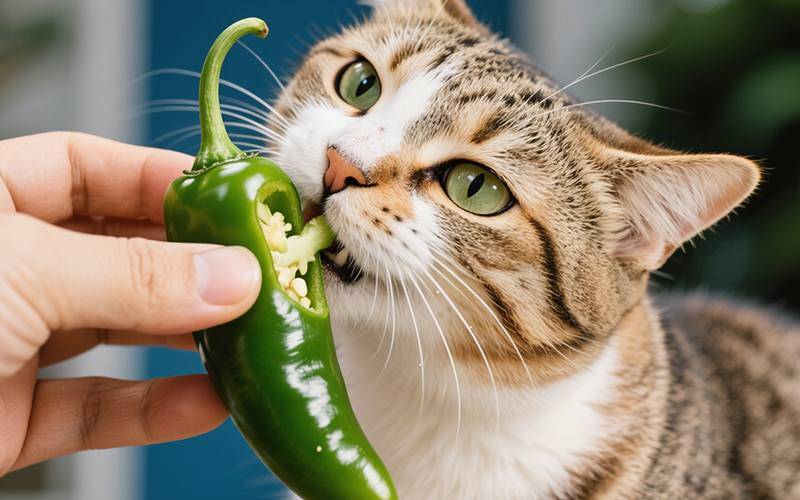
The Burning Question: Can Cats Eat Jalapenos? A Comprehensive Safety Guide
- 21 Apr 2025
Cool Temptation: Can Cats Eat Ice Cream Safely? The Vet-Backed Truth
- 21 Apr 2025
Frankly Dangerous: Can Cats Eat Hot Dogs? Vet Explains the Serious Risks
- 16 Apr 2025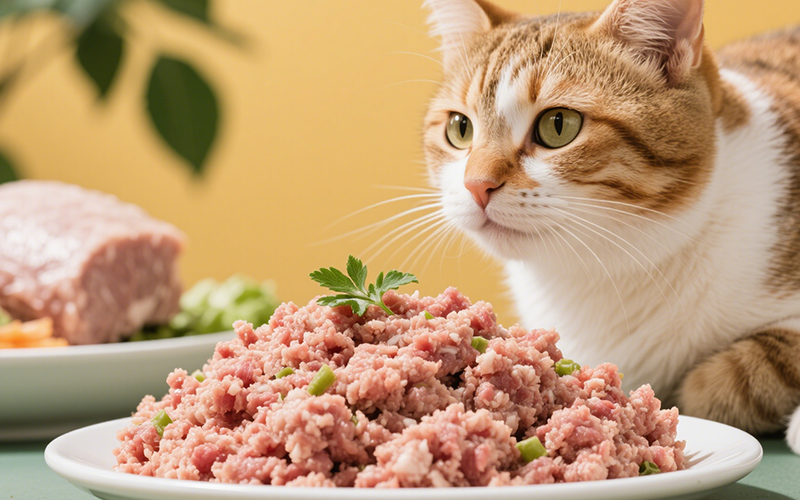
A Purrfect Protein? Can Cats Eat Ground Turkey Safely? (Vet-Reviewed Guide)
- 16 Apr 2025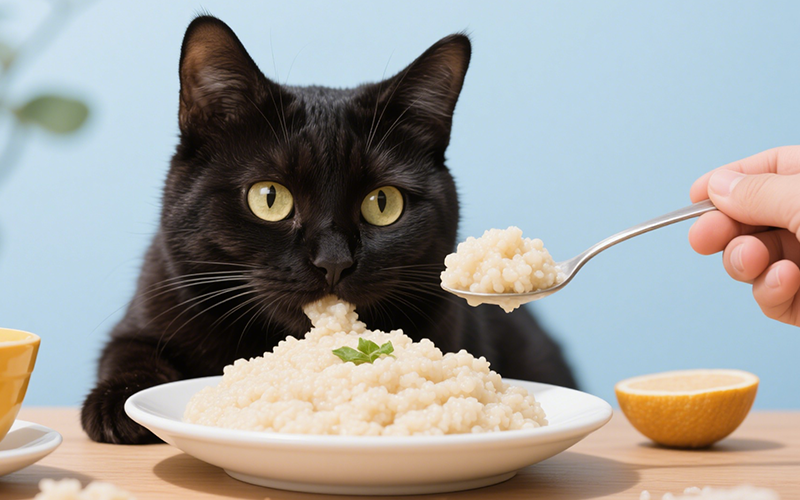
Gritty Situation: Can Cats Eat Grits Safely? Vet Explains the Risks
- 16 Apr 2025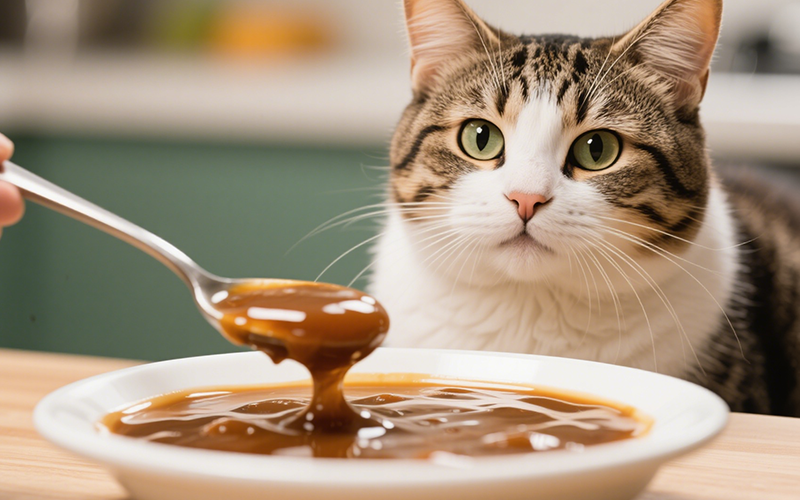
Gravy Danger Zone: Can Cats Eat Gravy Safely? (Vet-Reviewed Warning)
- 16 Apr 2025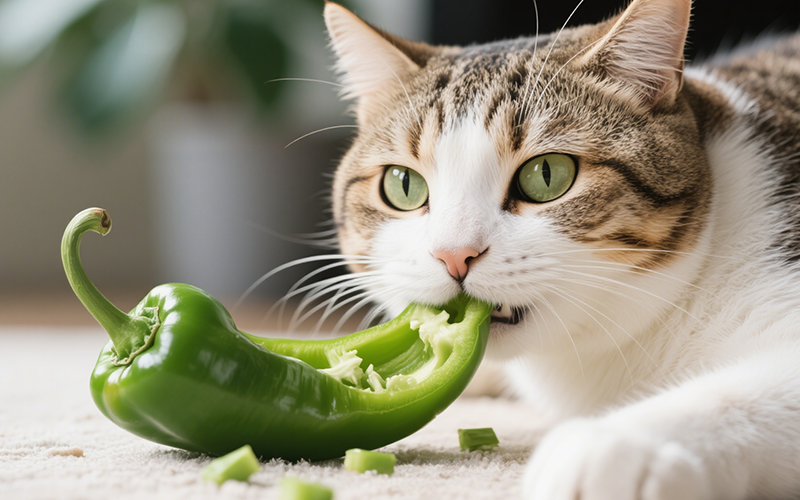
Crunchy Query: Can Cats Eat Green Peppers? A Vet-Reviewed Safety Analysis
- 16 Apr 2025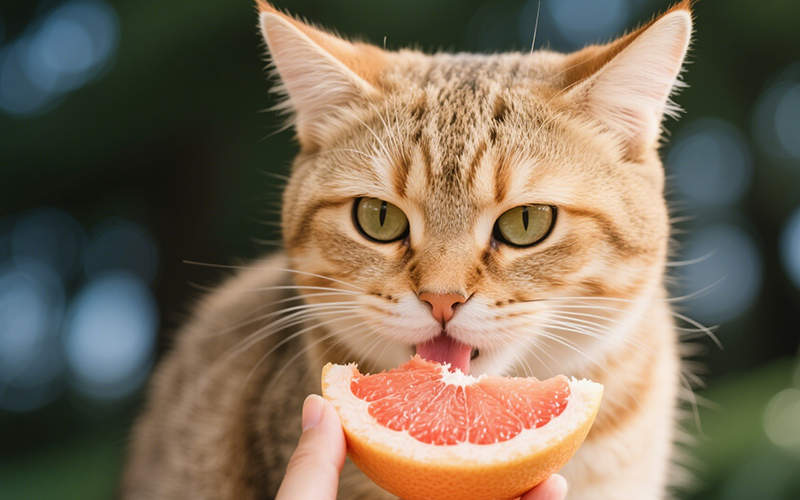
Toxic Temptation: Can Cats Eat Grapefruit? Vet Explains the Dangers
- 16 Apr 2025
Emergency Meal or Major Mistake? Can Cats Eat Dog Food For A Couple Days? (Vet Guide)
- 16 Apr 2025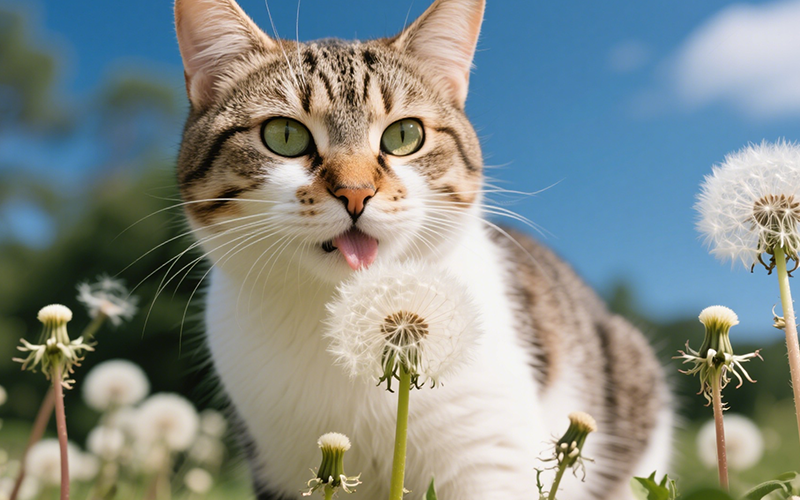
Dandelions & Felines: Can Cats Eat These Common Weeds Safely? Vet Explains
- 16 Apr 2025
